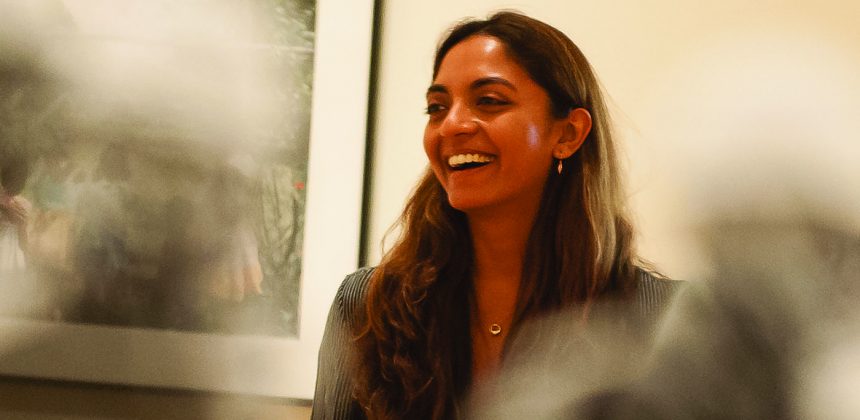Visiting & Collection Research
Learn About the Collection
Only a small portion of the museum’s permanent collection is on view at any time, so a variety of tools are available to help you explore the works of art in the Nasher’s collection, whether currently on view or in storage.
Works in the Nasher’s Collection.
Information about art in a range of media, styles, periods, and cultures can be found at our website promoting visual literacy How Do You Look?
Bibliographic Resource

Reading Black Art: A Bibliography is an online resource that will aid in a better understanding of and engagement with work by Black artists in the Nasher Museum collection. It is a non-exhaustive bibliography on art, art history and visual culture of the African Diaspora. This curated selection presents a wide array of instructive texts and will be updated monthly.
Reservations by Appointment
We invite faculty, researchers, and students to visit during regular museum hours. Registration, although not required to visit the museum, is strongly encouraged.
To make a reservation please fill out the museum visit request form. If you have any questions or would like to discuss how the Nasher can support your teaching, please email Ellen C. Raimond, Ph.D., Associate Curator of Academic Initiatives, at ellen.raimond@duke.edu.
Museum hours:
Monday: Closed
Tuesday, Wednesday, Friday and Saturday: 10 AM to 5 PM
Thursday: 10 AM to 9 PM
Sunday: Noon to 5 PM
Make a reservation online
Photo Policy
Can I take pictures or video of the artworks I see?
Yes! Please feel free to record your visit or take pictures, without flash and for personal, non-commercial use only. Share with us on Instagram @NasherMuseum!
There may be occasional restrictions on photography in special exhibitions. Please check signs or ask a staff member for assistance.
To keep our visitors and collections safe, the Nasher Museum prohibits the use of tripods, monopods, selfie sticks, and drones in our museum and sculpture garden.
We appreciate your consideration of other Nasher Museum visitors by taking photographs/videos in an unobtrusive manner.
Visit our online collection to find and save images of some of the works of art you may have seen during your visit. A portion of the collection is also on Google Arts & Culture, zoom in close to view important works in our collection.
If you have any questions about our photography policy or the reproduction of your images, please contact us at nasherimages@duke.edu
If you would like to request permission to take photo shoots, press or commercial photographs or videography sessions in the museum, please contact Wendy Hower, Director of Engagement and Marketing at wendy.hower@duke.edu
The Nasher Museum may photograph visitors and program participants on occasion for Duke-related promotional purposes. By entering the Nasher Museum, visitors are granting their permission to be included in such photographs.
Study Storage

The Nasher Museum’s Study Storage offers faculty and students up-close experience with works of art not currently on view in the exhibition pavilions. Facilities include works on paper with more than 3,000 prints and drawings; painting storage with works from the Renaissance to the present; and object storage with Greek and Roman pottery and glass, Ancient American ceramics and African and European Medieval and Renaissance sculpture and artifacts. Study Storage is a gift of Christine and Pierre Lamond and Alice Martin Whelihan.
A wide range of departments have visited Study Storage including
- Art, Art History and Visual Studies
- Asian and Middle Eastern Studies
- Classical Studies
- Cultural Anthropology
- Dance
- Duke Divinity School
- Engineering
- Environmental Sciences
- Foreign Languages
- History
- Kenan Institute for Ethics
- Philosophy
- Religion
- Thompson Writing Program
- Theater Studies
- Women’s Studies
How Did the Patron Saint of Earthquakes End Up in the Americas?
Saint Emygdius first became known as protector against earthquakes in Italy after a 1703 earthquake destroyed much of the country, but spared the town of Ascoli Piceno, where he was the patron saint. But how did Saint Emyg...
Published
Student Experience: Jacqueline Samy
Jacqueline Samy, who grew up in London, wanted a college experience that would let her be immersed in American culture. She chose Duke University because of its location in the South. She arrived with an interest in fashio...
Published


